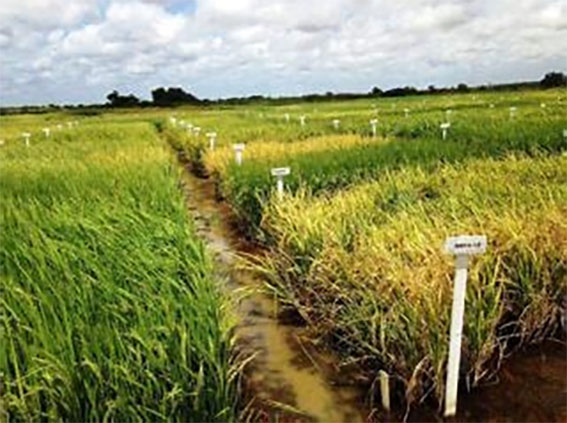By Pilipinas F. Quising, Shiela Camingue-Romance. Reprinted from Caribbean News Global Media
Recent disruptions in rice production and trade, coupled with adverse weather conditions, have increased global rice prices, impacting food security and economic stability across Asia and the Pacific. Short-term and long-term strategies are needed to ensure a stable, affordable rice supply. In global food markets, few commodities hold as much significance as rice. It’s not just a staple food; it’s a lifeline for millions, especially across Asia where it forms up to 70% of daily caloric intake and a significant share of the food price basket in certain economies.
However, recently, we have seen volatility in the rice market, with prices surging to levels unseen since the global financial crisis of 2008, according to the Asian Development Outlook April 2024. The rise in global rice prices, reaching a staggering 38 percent increase from December 2022 to December 2023, is not an isolated occurrence but a combination of various factors. Export restrictions imposed by major players like India, adverse weather conditions disrupting production, and the specter of El Niño casting its shadow over agricultural landscapes have all contributed to this situation.

